Bamboo canvases are incredibly popular all over the world. They are happily used by designers to decorate their interiors, and people love them for the strength and durability of the material.
Design solutions using such material in the interior allow you to get the most unexpected, but very amazing options for home arrangement. It is also worth noting that bamboo is safe - it is natural.
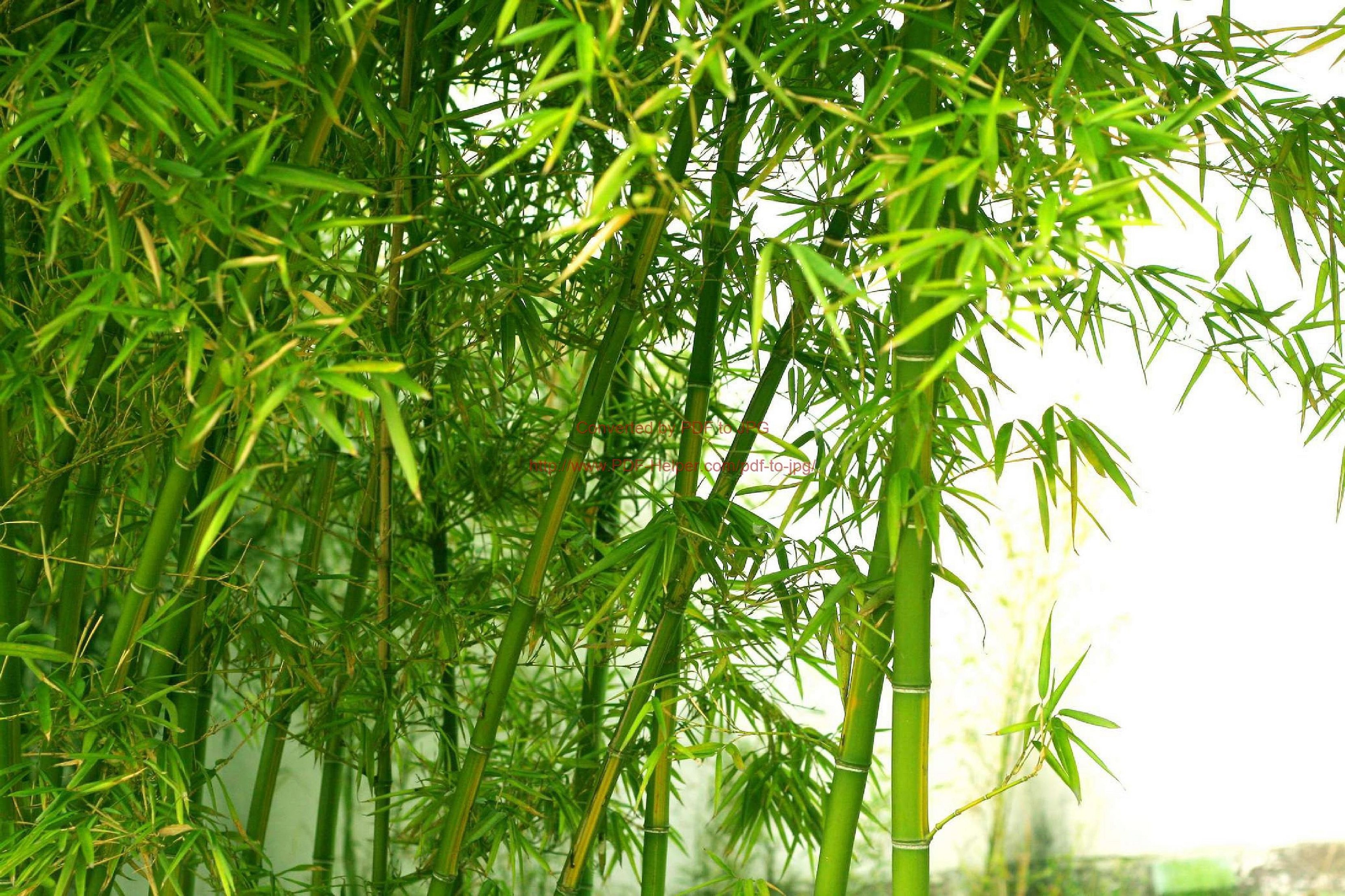
What is bamboo canvas
Bamboo is an evergreen perennial plant with a hard, woody, hollow stem.
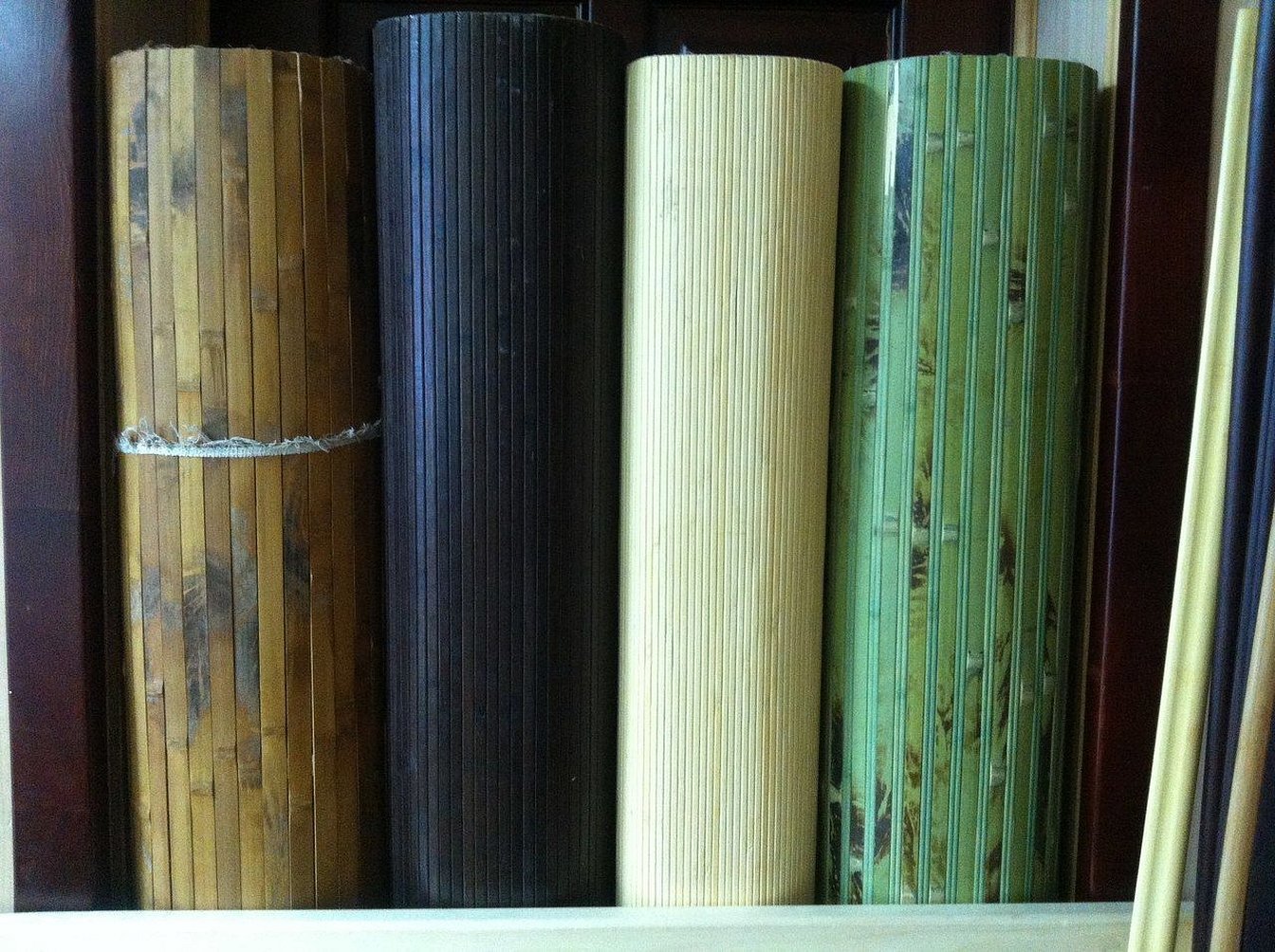
There are hundreds of varieties that are successfully used in various areas of human activity - from construction to medicine.
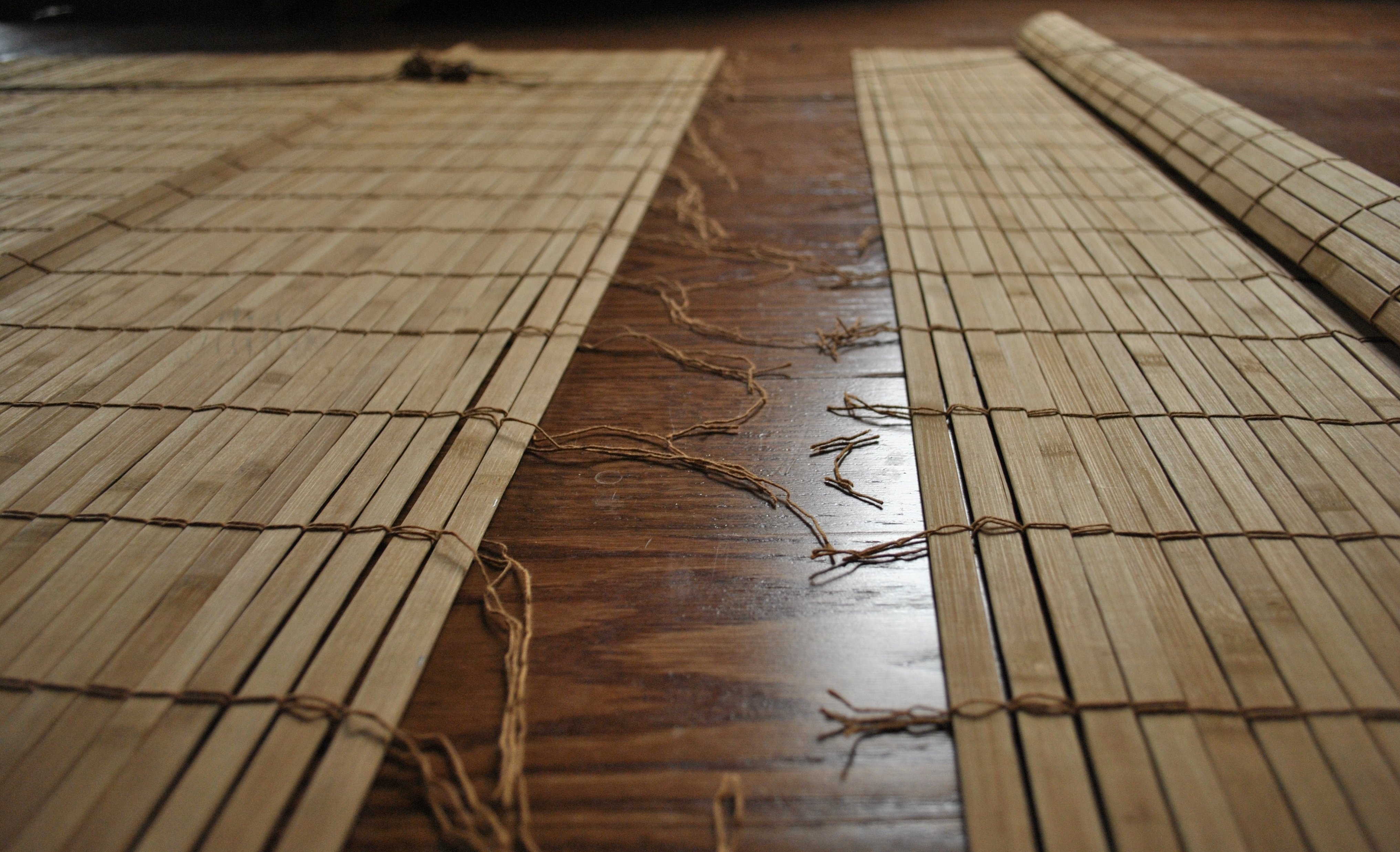
Please note! Bamboo is a remarkable and very versatile natural resource. For centuries, it has been used in Asia in a variety of applications, including cooking, construction, transportation, textiles, and medicine.
Bamboo fiber can be used to make exceptional contemporary textiles.
Production technology
To produce high-quality bamboo canvas, a process must be used that uses sodium hydroxide, also known as caustic soda, to break down the "woody" bamboo. The chopped bamboo is then soaked in a special compound to produce cellulose.

The fiber obtained from bamboo is the fragmented particles that remain when shavings are removed from the wood. The resulting particles are then treated with alkali.
This method is used to soften cellulose, which becomes glue-like under the pressure of alkali.
Bamboo grows very quickly, at a rate of 15-20 m per month. Due to this, cutting down bamboo forests does not cause much damage to nature. As a result, bamboo production does not suffer losses, and the end consumer can buy products made from this wood at a low price.
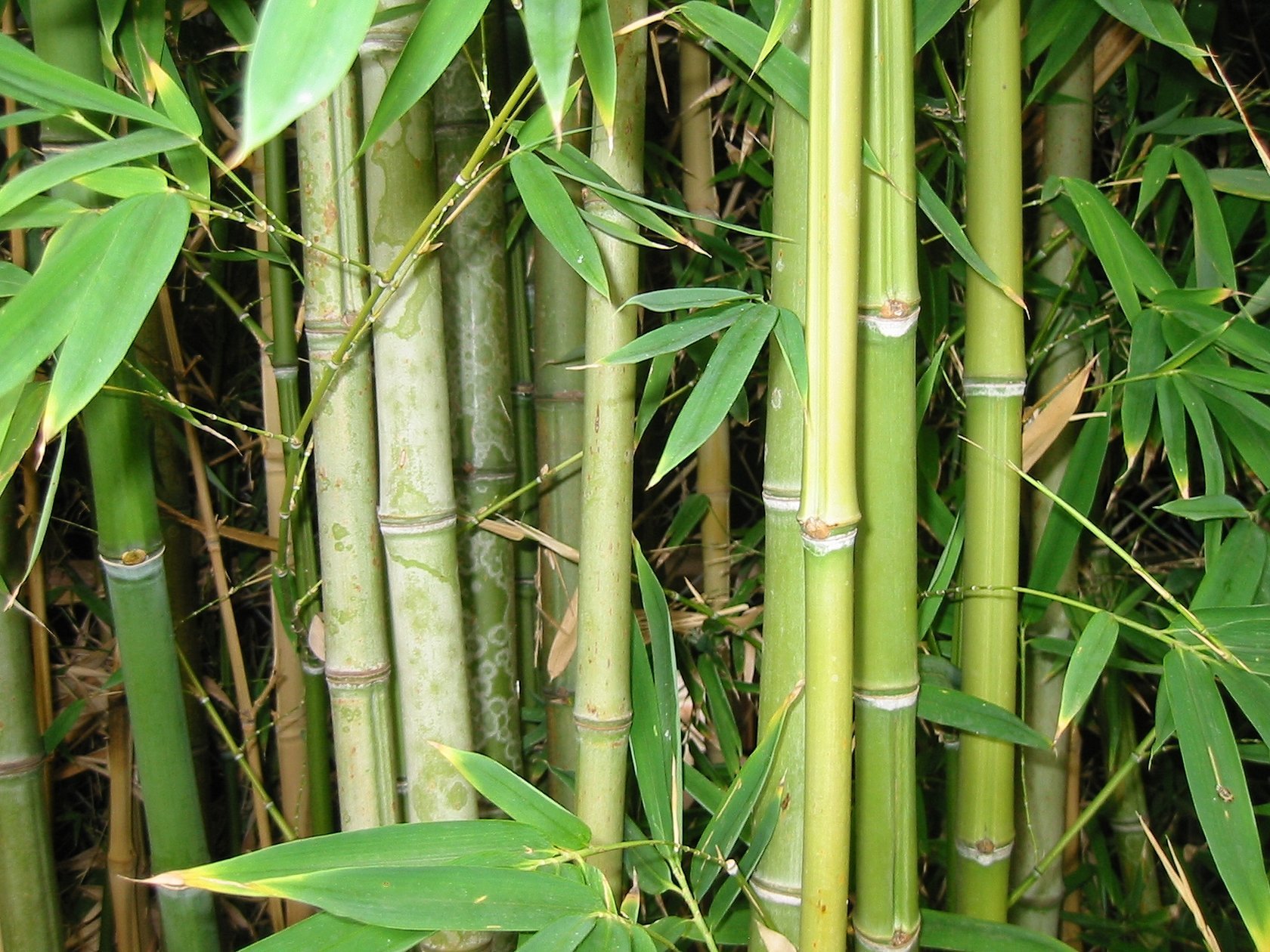
Attention! Bamboo fabric has such qualities as naturalness, hygroscopicity, and has an antibacterial effect.
The resulting composition is an ideal filling for pillows and quilts, textiles, household textiles. Often on the tags you can see the designation - bamboo viscose.
Products made from such material always have the same density, the material is durable. But producing such fiber can sometimes be quite difficult - if we are talking about an ecological method. More and more often, manufacturers opt for chemical processing of raw materials.
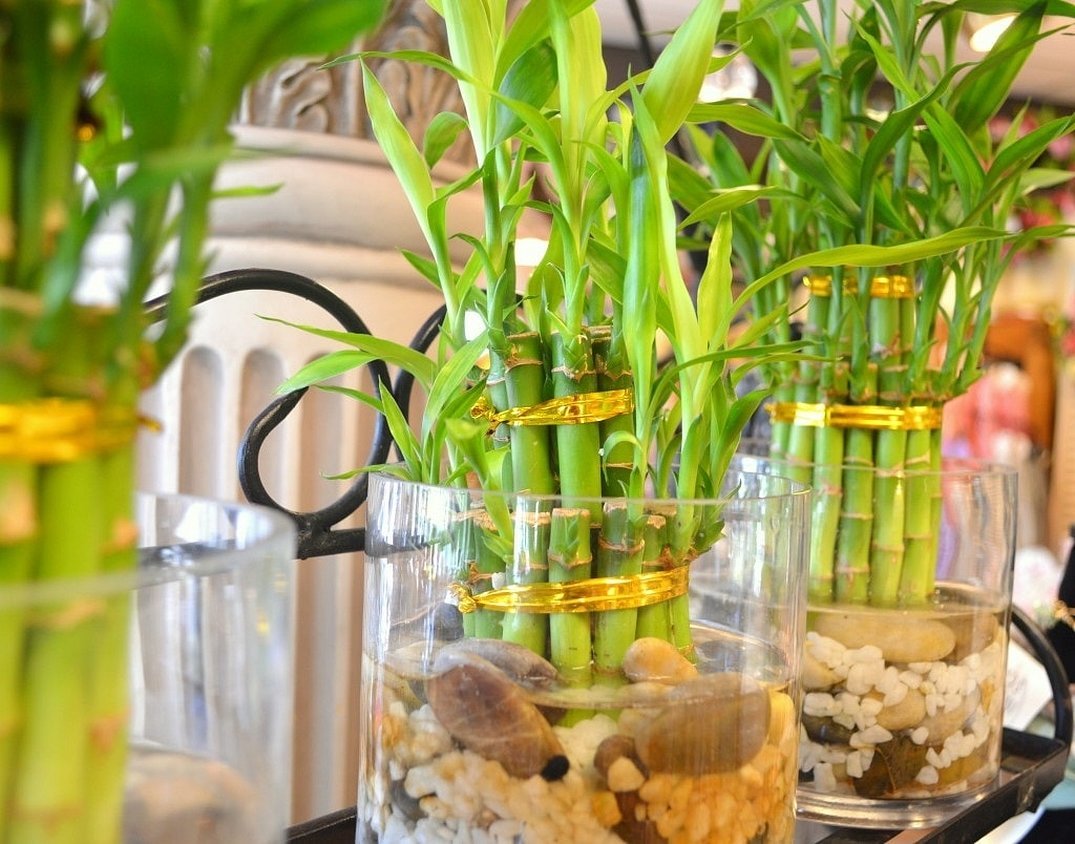
What properties does the material have?
Bamboo fabric what is it? Viscose fabric is usually shiny and smooth. It feels soft and gentle. Despite this, the fibers are very strong and dense, which means that textiles practically do not wrinkle and drape beautifully.
The fabric made from this material is breathable, maintains temperature conditions, has antibacterial properties, is not static, due to which it is perfect for the production of men's and women's clothing, underwear, it is used as a filler, and good yarn is made from it.
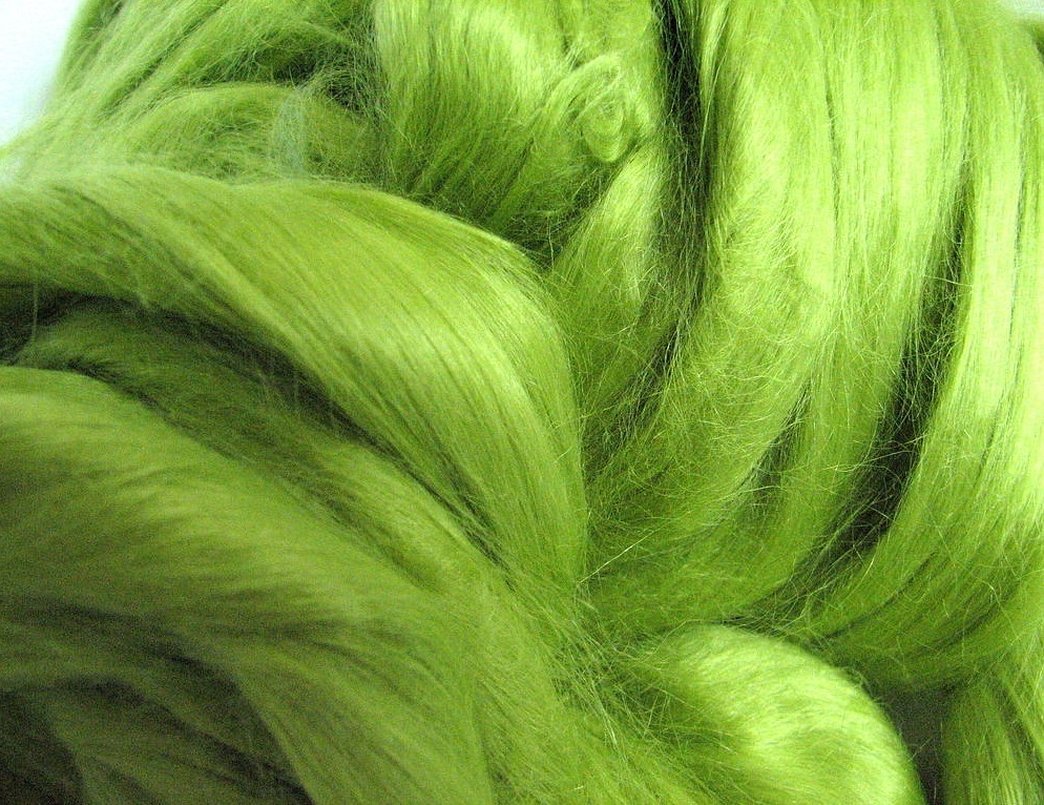
Features of using bamboo wallpaper
What is bamboo fabric in modern industry? Bamboo wallpaper is one of the most popular materials for wall decoration. This is especially relevant at present, since urbanized humanity strives to get closer to nature, to fill its home with natural components. Bamboo is a natural and environmentally friendly material with unrivaled beauty, as well as a unique sophistication that can change the interior beyond recognition.
Important! Bamboo fabric does not harm nature, since no aggressive chemicals are used in its production.

Material for decoration – that is how one can characterize the popular material today. Wallpaper production is quite specific.
First, you need to choose the right types of bamboo. After cutting, the resulting raw material is kept under certain conditions until it dries completely. Then the splitting process occurs. Since the stems have different widths, the batch of blanks goes through several stages of sorting. Then the upper parts of the cuts of each stem of the same type are glued to the fabric base. The cost and their type for sale depend on the technology - buyers can buy canvases at retail only in rolls.
Bamboo wallpaper in the interior can have different shades (due to its natural properties). Currently, there are four main types of coloring: shades of white, yellow, brown, green.
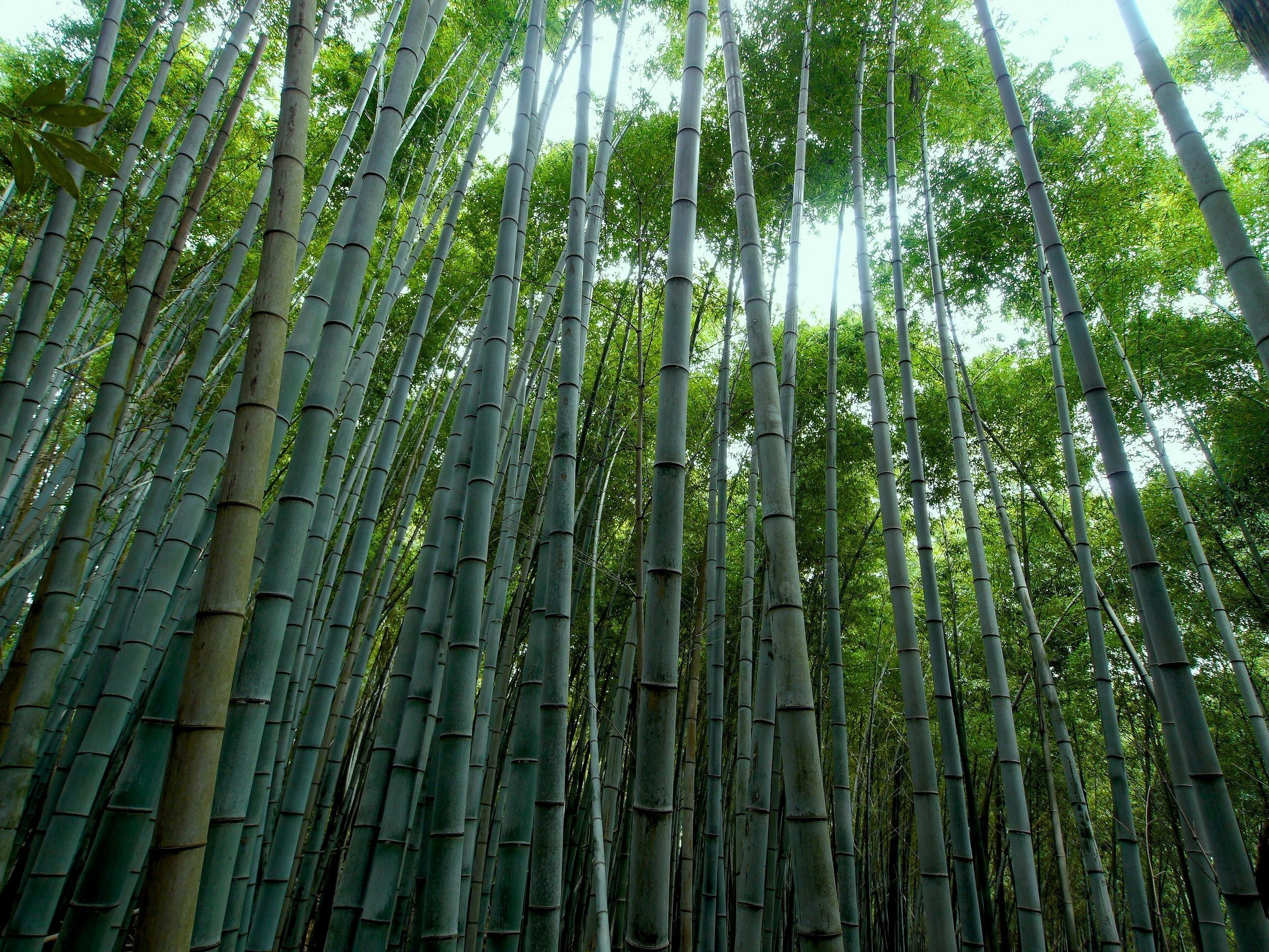
The technology of pasting bamboo wallpaper is quite simple if you follow a few basic rules:
- Proper preparation of the surface. It must be clean and dry.
- Specialized glue. Only it can guarantee high quality pasting. In addition, each glue has its own application features that must be taken into account.
- When passing through corner joints, it is necessary to trim the edges to form even outer corners. It is also possible to design the edges of bamboo wallpaper with plaster decorations.
- Drying time. Bamboo wallpaper is demanding in terms of drying conditions and duration. The glue must be completely absorbed, otherwise it may lead to the appearance of bubbles and deformation of the joint line.
- Excess glue should be removed with a soft cloth. It is not recommended to press hard on the wallpaper.
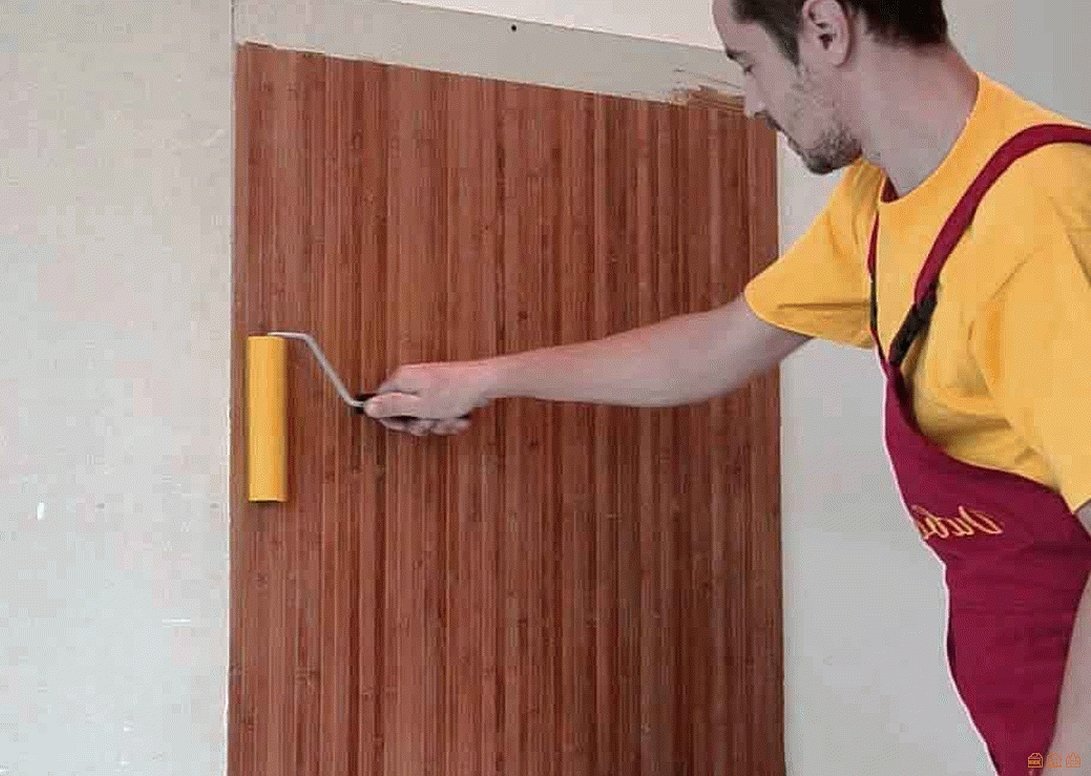
Cleaning and care
Ecological bamboo canvases are practically undemanding in care. They do not like moisture, and otherwise - they need to be wiped from dust without abrasives. The material for removing dust should be soft.
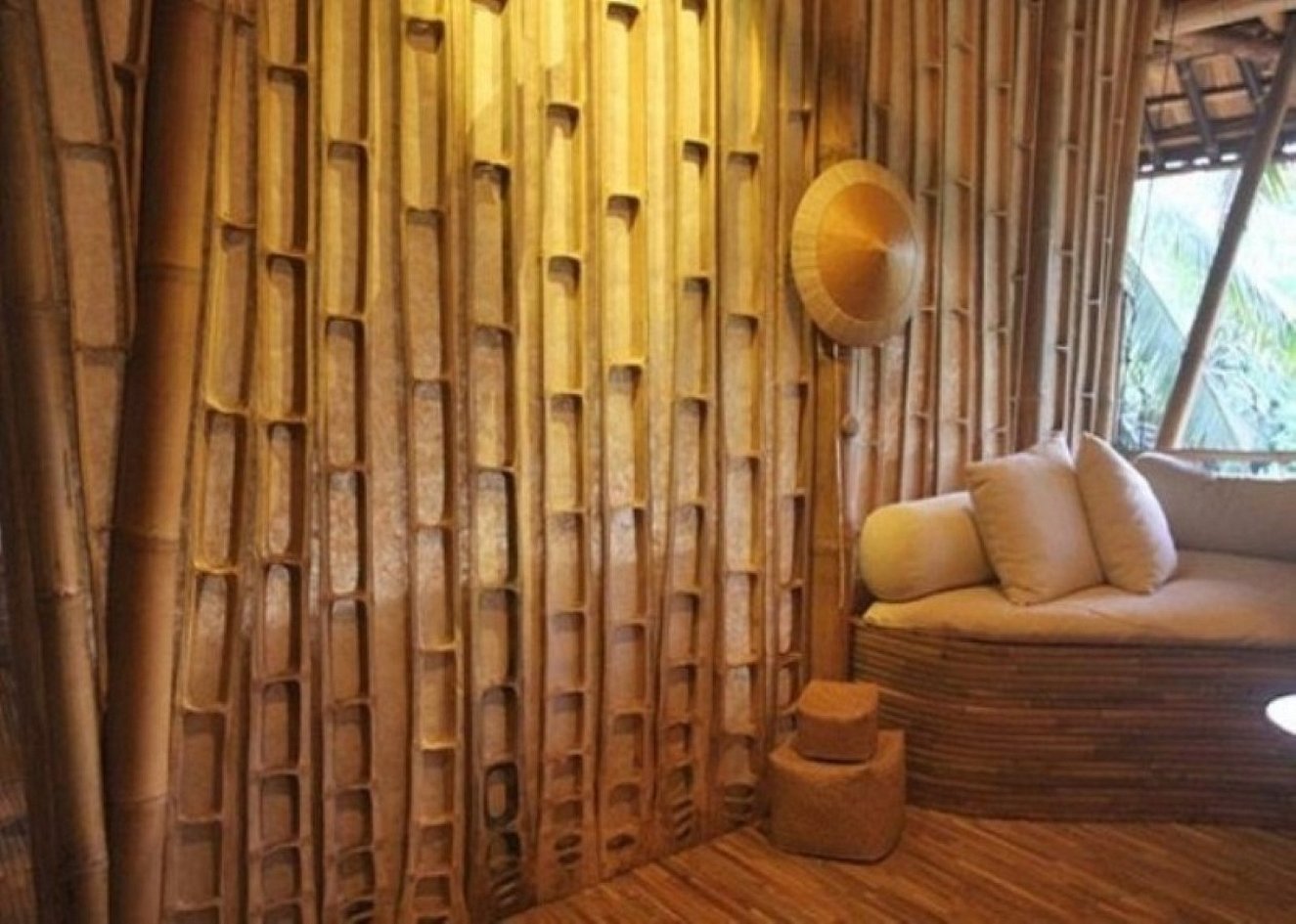
Pros and cons
This finishing material is characterized by some basic features:
- Looks great - provides a fresh organic look to any home;
- Eco-friendly;
- Easy maintenance – no need to wash with chemicals;
- Various design options to choose from;
- Light and unobtrusive.
What about the disadvantages? Moisture is not bamboo's friend. This aspect is a big disadvantage.
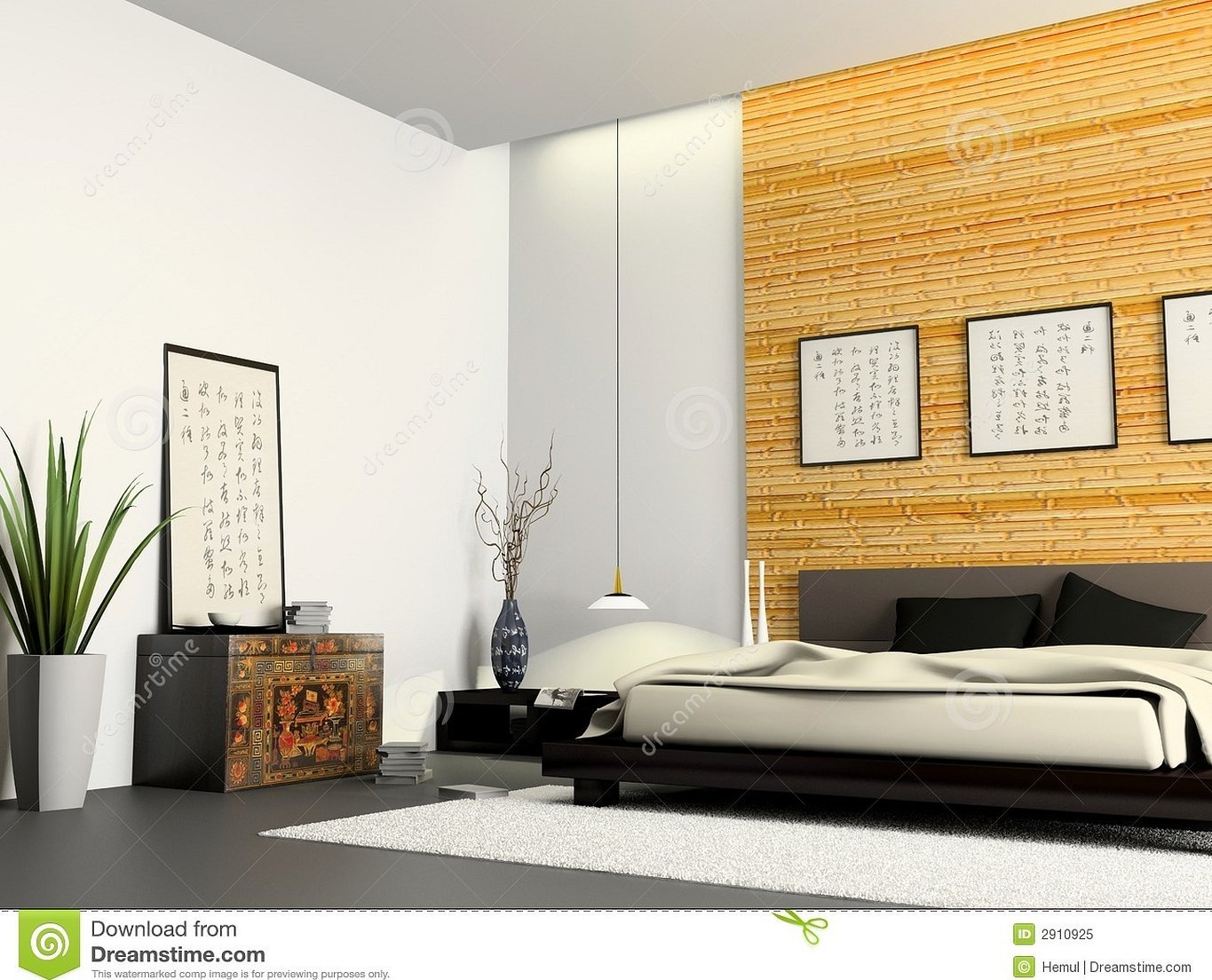
Beautiful and practical, environmentally friendly, universal bamboo is used everywhere - for textile production, for interior design, for furniture creation. This is explained by the fact that the material is durable, long-lasting, natural and does not require special costs for cultivation.
No aggressive chemicals are used to produce bamboo, and the bamboo itself grows quickly, which allows for continuous production.




